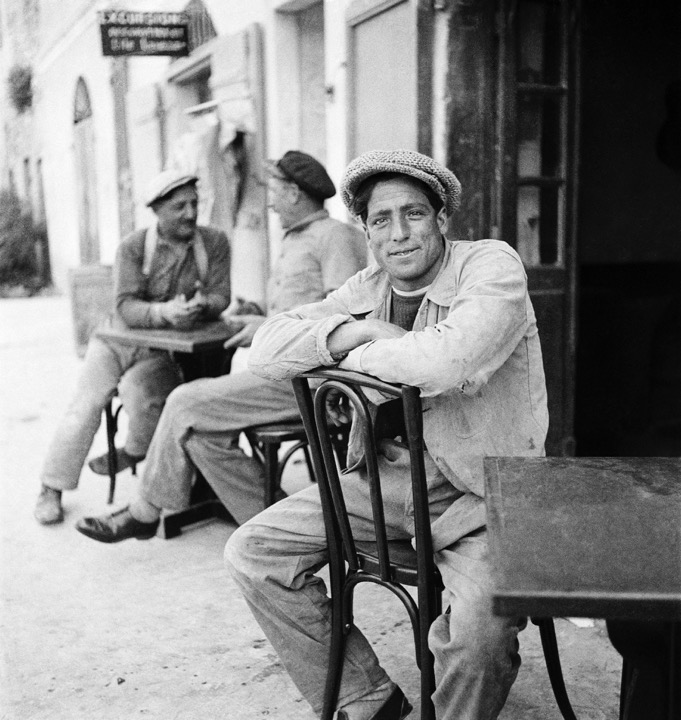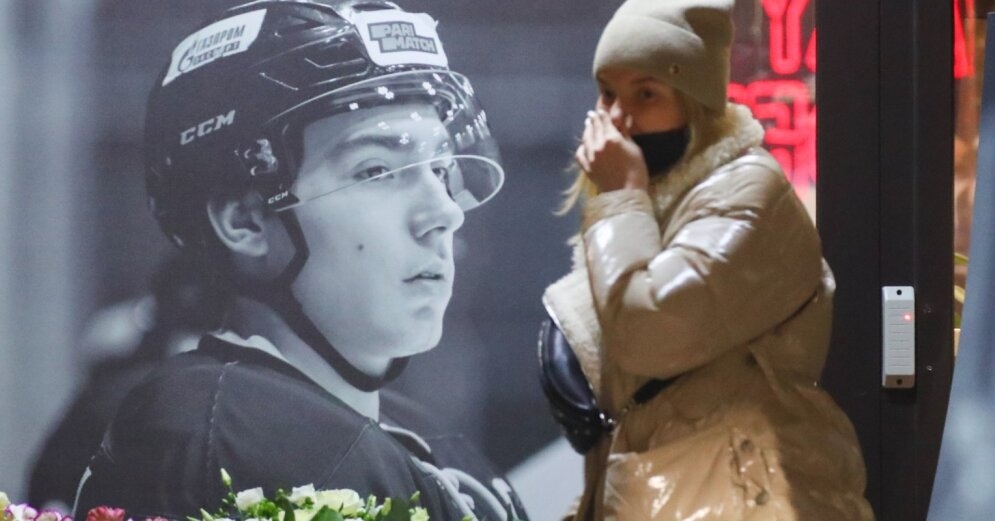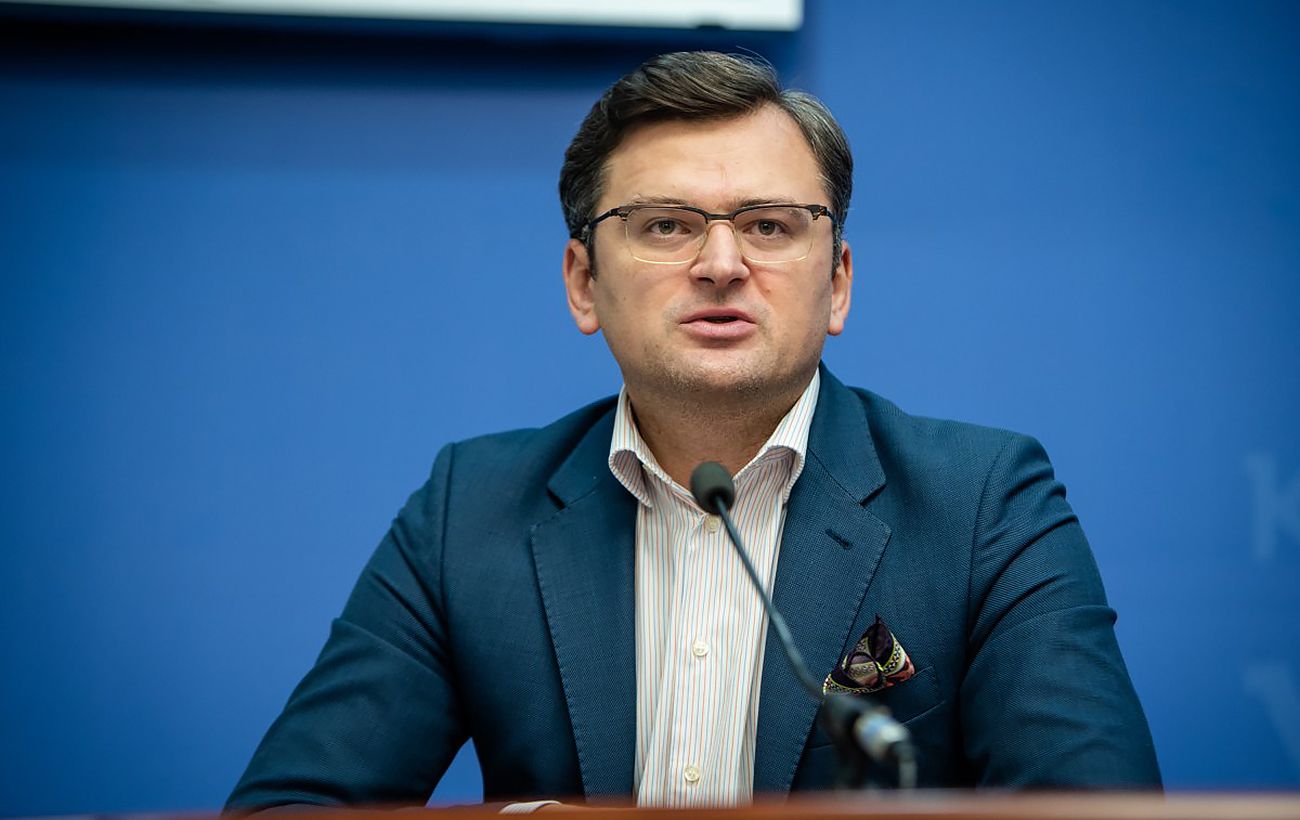This unique exhibition “André Kertész in Corsica »Presented by the Mediterranean Center of Photography in partnership with the Mediatheque of architecture and heritage at the Bastia museum presents 50 modern prints which make us discover his report on Corsica for the review Arts and Medicine produced and published in 1933.
In the summer of 1932, Count Peraldi, president of the initiative and tourism union of Ajaccio and Corsica, asked Dr. Debat, founder of the journal “Art and medicine “, to take an interest in his island in order to promote its image. The magazine thus offers the photographer a specific report on the Isle of Beauty during the month of May 1933. He will have to illustrate the articles of Abel Bonnard, Paul Morand and André Thérive.
On the 12th or 13th, he embarked for Corsica and his agenda fell silent for a period of nine days. In his luggage, he takes three devices: a Rolleiflex, a small 9 x 12 cm room and a 6 x 9 cm device. A photo book allows you to specify the photographer’s stages on the Isle of Beauty from May 14 to 20. He begins his circuit by the Gulf of Liscia, before ending his day in Piana where his gaze is drawn to the men seated in the shade of the church. The next day, after strolling through the streets of Calvi, he visits Ile Rousse and Belgodère, where he photographs the cemetery. In the evening, he takes a room at the Mouflon d’Or hotel in Zonza, from where he goes to Porto-Vecchio before stopping off in Bonifacio. He ends his journey in Ajaccio before re-embarking for the continent.
As usual, he did not photograph Corsica as a holiday destination, but the landscapes and moments of the daily life of the inhabitants of the island. In five or six days, traveling by car on rocky roads, he gathered around a hundred images alternating landscapes and scenes of everyday life. Beyond his talent, this series, by the number of places visited, shows the professional involvement of Kertész. After the publication of the album in December 1933, Count Peraldi, charmed by the photographs in the issue, approached Kertész to suggest that he publish some of his images in a tourist brochure on Corsica to appear.
in 1935.
«This work is characteristic of his collaboration with the magazine of which he was the main photographer. »Explains Marcel Fortini,«he did not photograph Corsica as a holiday destination, but the landscapes and moments of the daily life of the inhabitants of the island. He made this report in five or six days, traveling by car on rocky roads, alternating landscapes and scenes of everyday life».
This exhibition also presents a series of emblematic photographs of André Kertesz’s Parisian period.
«It is a pity that this exhibition that we have set up in Bastia cannot receive a public, when the supermarkets are full, people go to church or to the temple. But we’re going to run it on the island. In June, we hope to introduce it to Ajacciens, then in other places ”.
Born in Hungary in 1894, André Kertész was given his first camera in 1912 by his mother. Mobilized during the First World War, he brought back images of sometimes innocuous moments in his life as a soldier. After the war, he tried to make photography his profession. In October 1925, André Kertész landed in Paris and published his first photographs in the journal Art et industrie in January 1926. Frequenting avant-garde artistic circles, he photographed his Hungarian friends, artists’ studios, street scenes , cafes and Parisian gardens. In 1927, he exhibited his images at the “Le Sacre du Printemps” gallery. As his reputation began to establish himself, he collaborated on various French publications such as Seen, Living Art or Art and Medicine, German magazines like The Lady or Eagle owl.
In 1936, after signing a contract with the Keystoneet agency, he emigrated to New York where he collaborated with the reviews of the Condé Nast group such as Vogue or House and Garden. From 1962, Kertész witnessed the recognition of his work by institutions and the general public. In 1984, the photographer donated his negatives and his archives to France. The Mediatheque of Architecture and Heritage thus preserves more than 100,000 negatives, reading contact prints, part of its library and the photographer’s abundant correspondence.
– .


